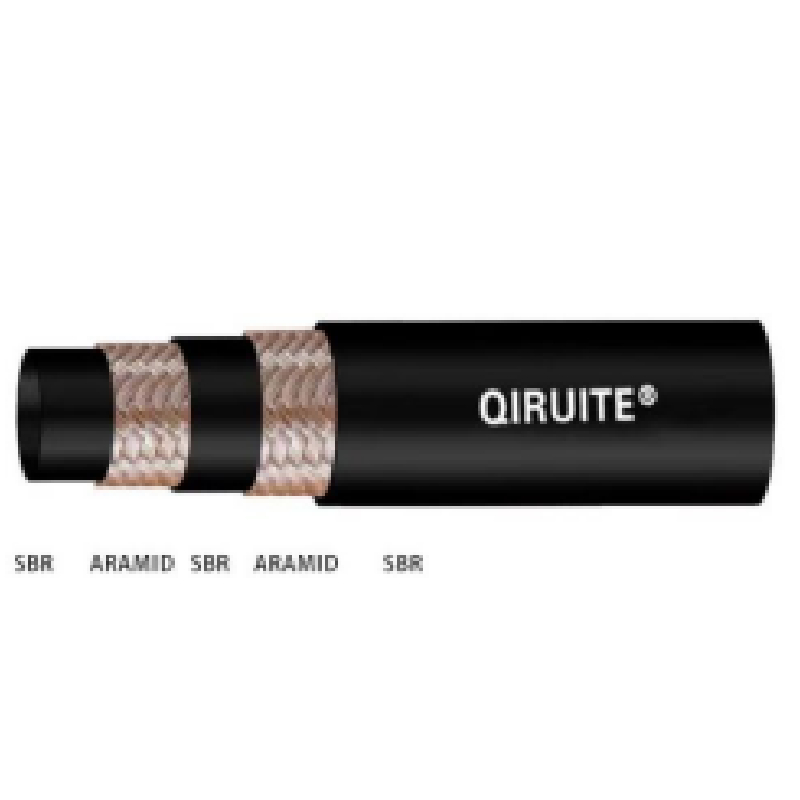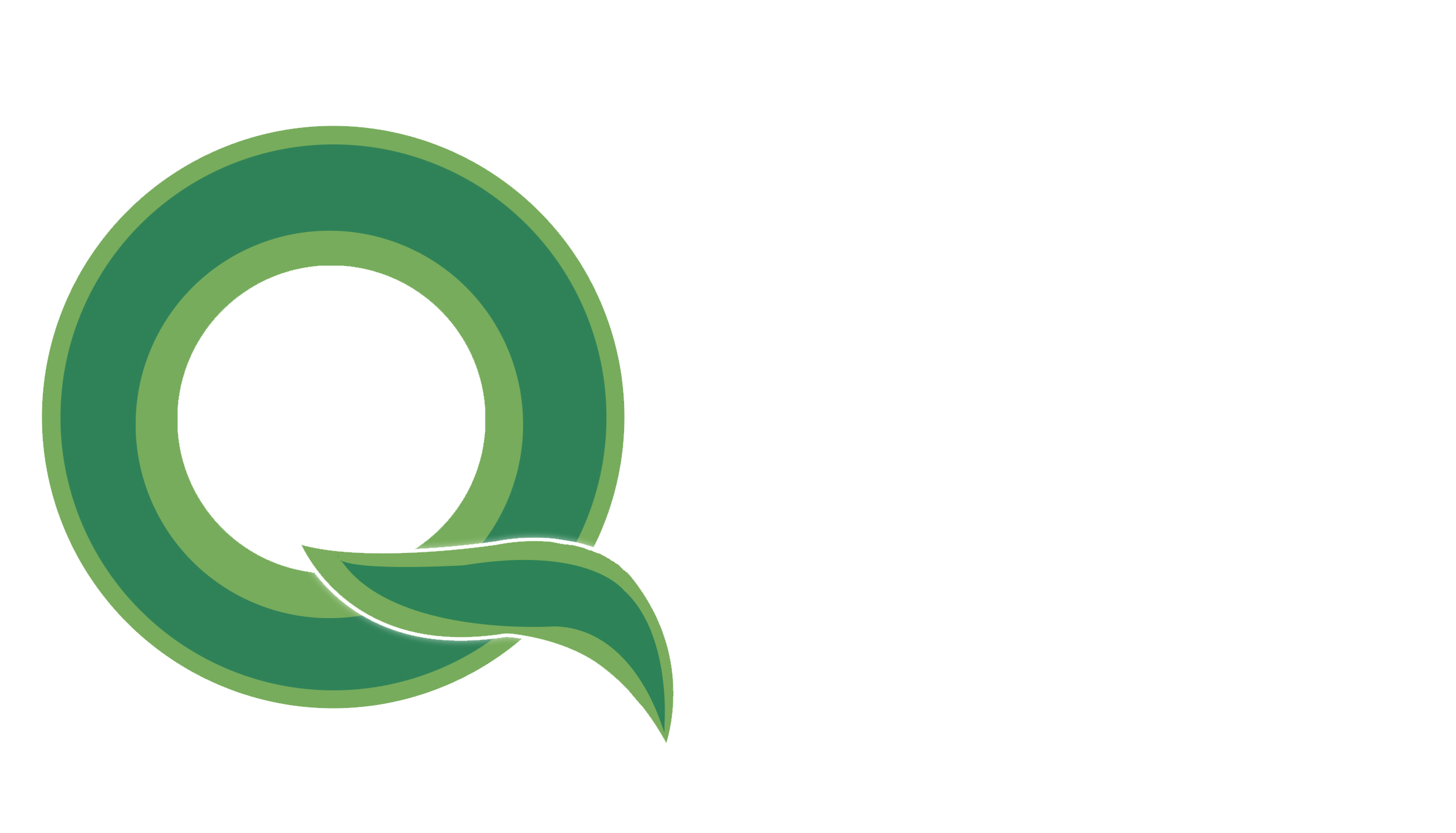Sewer Jet Hose: Durable, High-Pressure, Kink-Resistant
Sewer Cleaning & Jetting Hose: Field Notes from the Drain Line
If you’ve ever stood knee-deep next to a stubborn lateral line at 6 a.m., you already know the star of the show is the sewer jet hose. Manufactured in Ningjin County, Hebei Province, this sewer cleaning hose (also called sewer cleaning & jetting hose) has become a quiet workhorse in municipal fleets and contractor rigs. It’s flexible in the cold, resists oil and abrasion, and, to be honest, it just survives places most hoses fear to go.

What the market is asking for (and why it matters)
Industry trendlines are pretty clear: lighter thermoplastic constructions, higher working pressures, and smarter safety margins. Contractors want smaller reels and longer runs. Municipal buyers are asking for traceability, CE/PED awareness, and ISO-backed testing. In fact, many customers say they’re swapping to sewer jet hose options that hold bend radius tighter without kinking, especially in winter callouts.
Technical snapshot
| Parameter | Typical spec (≈) | Notes (real-world use may vary) |
|---|---|---|
| Inner tube | Thermoplastic (polyester/PO blend) | Smooth bore for low pressure drop |
| Reinforcement | High-tensile synthetic fiber (1–2 braid) | Steel braid optional for extreme duty |
| Cover | Abrasion-resistant PU/rubber blend | Oil, fungus, and microbial resistant |
| Sizes | 1/4", 3/8", 1/2" ID | Custom sizes on request |
| Working pressure | 2,000–5,000 psi (≈140–345 bar) | Burst ≥ 3× WP per ISO 1402 routine |
| Temp range | -40°C to +60°C (≈-40°F to +140°F) | Cold-flex tested; low-kink memory |
| Service life | 3–5 years typical | Depends on duty cycles, grit load |

Process flow: how it’s built and vetted
- Materials: thermoplastic inner tube extruded for smooth flow; braided synthetic fiber reinforcement; tough PU/rubber cover for abrasion.
- Methods: multi-layer extrusion, precision braiding, and vulcanization/curing where applicable.
- Testing: hydrostatic proof and burst per ISO 1402; abrasion per ISO 4649; flexibility per ISO 10619; electrical continuity on request; safety alignment with EN 1829-2 for jetting systems.
- Traceability: batch coding, pressure test logs, and optional CE/PED documentation for assemblies.
Where it earns its keep
Heavy-duty drain cleaning, municipal sewer mains, restaurant laterals with nasty grease caps, industrial wash-down, culvert flushing, even shipyard scuppers. A maintenance supervisor told me their sewer jet hose “stopped icing up and kinking” after switching to a cold-flex spec last winter—small victory, big uptime.

Vendor comparison (quick take)
| Vendor | Typical WP | Lead time | Customization | Certs/Notes |
|---|---|---|---|---|
| QRT (Ningjin, Hebei) | 2–5k psi | 10–25 days ≈ | Colors/lengths/ends, private label | ISO 9001; EN 1829-2 alignment |
| Piranha (US) | 2–6k psi | Stock to 2 weeks ≈ | Wide nozzle/end-fitting options | Strong dealer network |
| Parker Parflex | 3–6k psi | 2–4 weeks ≈ | Engineered assemblies | Global support footprint |
Customization and fittings
Options include color-coding for truck reels, laser-marked footage, stainless or brass M-NPT ends, swivel fittings, and nozzle kits. For abrasive lines, spec a thicker PU cover; for compact vans, a tighter-bend sewer jet hose pays off.

Mini case studies
- Municipal main (Midwest): 3/8" ID, 4,000 psi unit. Reported 18% faster clear times after switching to a low-friction liner—less pump load, fewer stalls.
- Restaurant district (EU): 1/4" ID whip line, cold mornings. Fewer kinks, no cracked covers after a season; abrasion loss measured within ISO 4649 limits.
Final thought
Spec the hose to your nozzle set, pump curve, and the grit you actually see—not the brochure version. The right sewer jet hose makes blockages boring, which is exactly what you want at 6 a.m.
Authoritative citations
- EN 1829-2: High-pressure cleaners and steam cleaners — Safety requirements — Part 2: Hoses and hose assemblies.
- ISO 1402: Rubber and plastics hoses and hose assemblies — Hydrostatic testing.
- ISO 4649: Rubber, vulcanized or thermoplastic — Determination of abrasion resistance.
-
Quick Release Ball Joint – Tool-Free, Durable, Leak-TightNewsNov.13,2025
-
Spiral Guard Hose Protection — Durable, UV-Resistant WrapNewsNov.13,2025
-
SAE J1401 Brake Hose Specifications: Durable, Low ExpansionNewsNov.13,2025
-
SAE J1401 Brake Hose Specifications | DOT-Approved, DurableNewsNov.13,2025
-
Spiral Guard Hose Protection - Abrasion-Resistant, UV-StableNewsNov.10,2025
-
SAE J1401 Brake Hose Specifications | DOT-Certified, DurableNewsNov.10,2025

